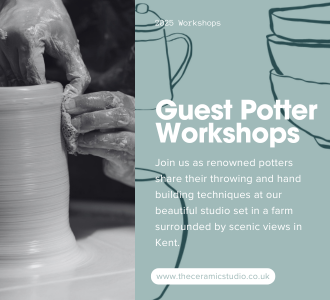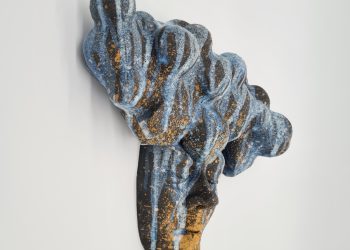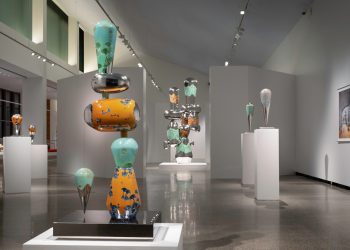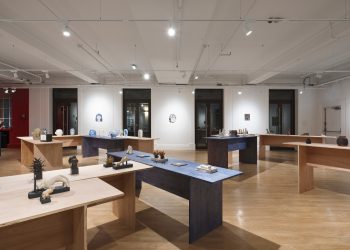I was born in Tel Aviv, Israel, in 1973. After completing my Military Service, I moved to the UK to study architecture at the Architectural Association School of Architecture in London, where I completed my diploma. For the following 15 years, I worked as an architect specializing in marine architecture for the cruising industry. Following an inspiring visit to the Leach Pottery School and Gallery in St. Ives, I began practicing ceramics and taking courses to improve my knowledge and skills. My passion for pottery and the desire to commit myself to the profession have led me to leave my job and open my own studio in 2020. Since then, I have been fortunate to collaborate and work together with other artists and exhibit my work in numerous places. Recently I have been selected to show two of my objects at the 2021 British Ceramic Biennial in Stoke-on-Trent, and I had my first solo show at the Cromwell Place in London (presented by Ting & Ying Gallery) in December 2022.
Visit Oriel Zinaburg’s website and Instagram page.
Featured work
Selected works, 2020-2022
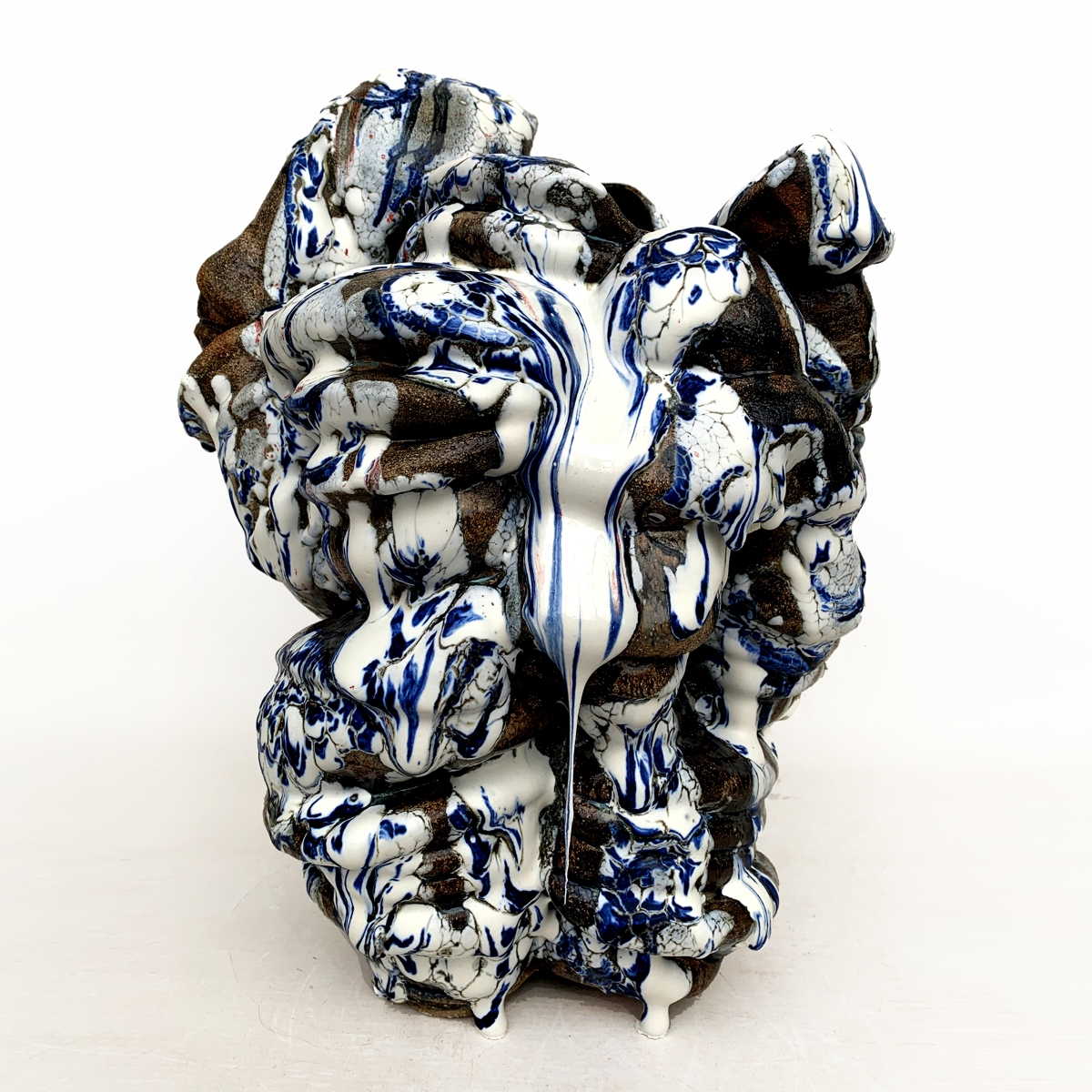
Oriel Zinaburg’s abstract sculptural pieces explore the relationship between what is logically and mathematically constructed and the fluidity of emotion. Creating tension between control and chance, his work gives no clear answer and leaves the viewer feeling distended by its beautiful mystery. Oriel is inspired by landscape, astronomy and art; he is repeatedly looking for a response to the traditional vessel form based on the Japanese aesthetic of beauty in imperfection and irregularity.
His objects embody the characteristics of the creative act: an open-ended process where the final piece is not preconceived but the result of a series of unpremeditated actions. To retain this sense of open-endedness, he uses a collage-like technique in which the fragments are pieced together by intuition and chance. He starts the process by using press molds and slab-building techniques. While the clay is still soft, he tears, folds, and distorts it. The materiality of the clay dictates how the folds take shape. Every passing moment of creation informs the next, as do the material’s intrinsic properties and the forces to which it is subject.



